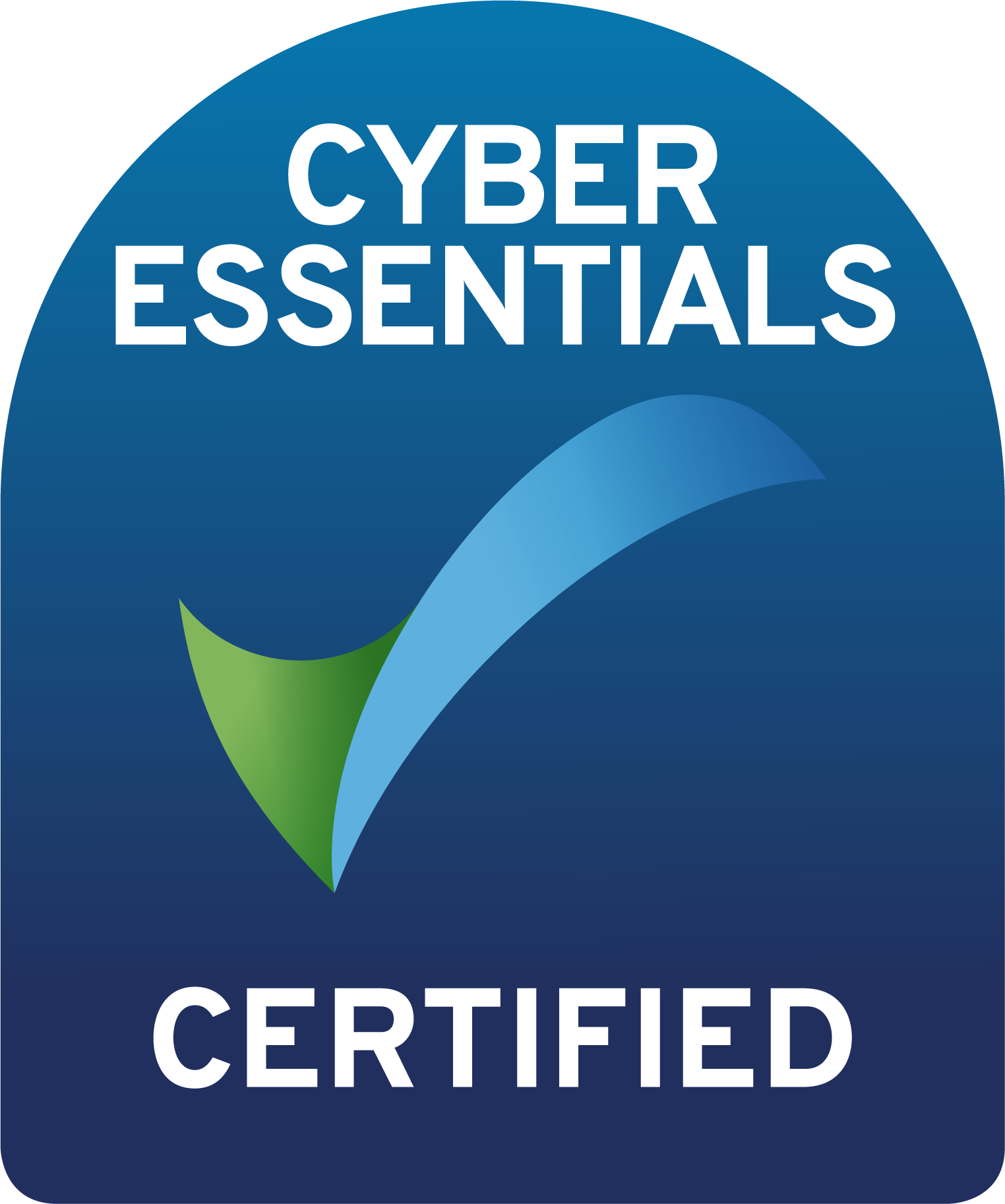Given the Christmas break and along with the chopping and changing everybody has experienced, you could be forgiven for being unclear as to what your responsibilities are towards those who were shielding during the first lockdown in 2020.
In Wales, employers are encouraged to complete a Workforce Risk Assessment to take into account a number of factors which affect somebody’s risk of Covid-19, at a personal level. This tool can be found at: https://gov.wales/covid-19-workforce-risk-assessment-tool. You will see that there are different assessments for different types of workplace.
You will note that this risk assessment takes into account factors such as, whether someone is BAME, pregnant, in the former shielding group – now labelled ‘clinically extremely vulnerable’ or in the ‘vulnerable people at risk’ group.
Somebody who is ‘clinically extremely vulnerable’ will automatically score 7 on the risk assessment tool, putting them in the very high risk category, with a suggestion that they should work from home or only go to work if a stringent 2 metre social distancing regime can prevail.
I can foresee that in disputes during 2021, employees may well be asking their employer for a copy of the risk assessment that has been done, tailored to them as an individual and if an employer hasn’t done that to embarrass them that they haven’t.
You will note that the risk assessment does need to be personalised, for example, referring to somebody’s age and their existing health conditions, in particular, obesity being something that the employer may not necessarily know, ie. whether somebody’s waist circumference is more than a particular size. Hands up who has looked at the tool and reached for the measuring tape?
The question in relation to anyone in the immediate family having susceptibility to Covid-19 assumes there is some family susceptibility eg. for twins – the question is also directed at parents under the age of 70, siblings and children who have been hospitalised or died with Covid-19. This is another example of the employer having to think about individual circumstances.
Where somebody falls into the very high risk category of scoring 7 or more, this outcome still means that they can attend work but they are encouraged to work from home if they can. Employers shouldn’t be surprised if employees start completing these forms and saying for example, that they should be working from home.
The “things an employer can do to help” box talks about an employer making adjustments to the person’s duties and things that the employer may be doing to help that person work from home. You will see that the form also makes provision for a review.
This is likely to only feed into a wider risk assessment which you should be doing as an employer anyway as part of managing the risk of Covid-19 but given the evidence that there are personalised factors affecting somebody’s likelihood of contracting Covid-19, in 2021 employers are going to have to move away from generic risk assessments to a more tailored approach, if they haven’t already done this. This undoubtedly makes it more complicated for employers and quite frankly, we have already been juggling that throughout 2020.
Refreshing Law Ltd
4 January 2021



